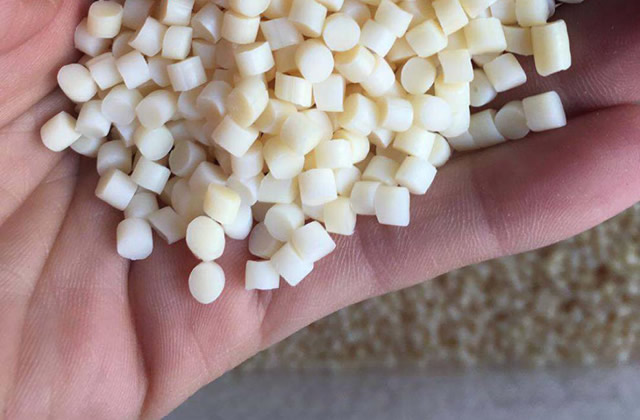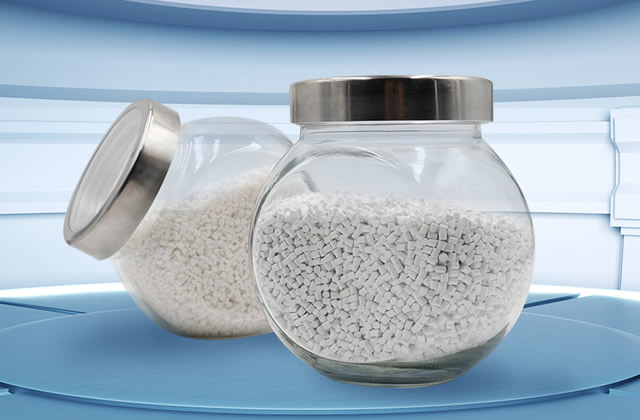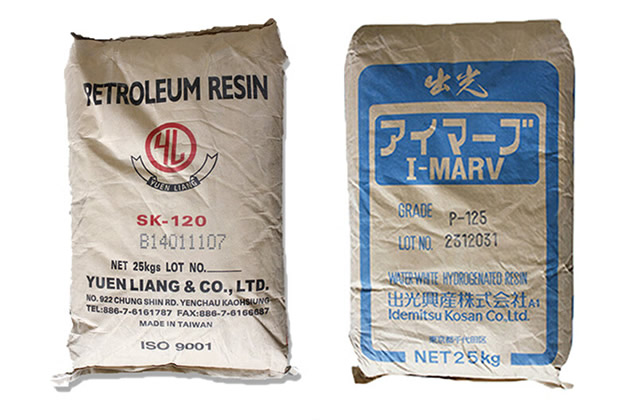1. What is the general proportion of dispersant
The proportion of dispersant generally needs to be determined according to its type and the characteristics of the substance to be dispersed, usually 0.5% -5%, but it will also vary depending on the application field. Listed below are several common dispersants and their general addition ratios.
1. Non-ionic surfactant: generally around 0.5%-2%, can be used in water-based and oil-based systems, and is not prone to foaming.
2. Anionic surfactant: generally around 1%-5%, it can be used in water-based systems, but it is prone to foaming.
3. Cationic surfactant: Generally around 0.5%-1%, it is not easy to produce foam, but it is only suitable for pigments and fillers with loaded surfaces.
4. Non-surfactant dispersant: The addition amount is small, generally between 0.1% and 0.5%, and is suitable for lubricants, plastics, dyes and other fields.
In short, the addition ratio of dispersant needs to fully consider the characteristics of the dispersed material, the preparation process and the effect of application. Choosing the appropriate dispersant and addition amount is the key.

2. How to measure the amount of dispersant
1. Daniel flow point determination method
Use a dropper to a certain Gradually drop the water solvent of the dispersant into the pigment/pigment mixture, and carefully grind it evenly with a small scraper until the ground pigment slurry can flow down from the scraper. Calculate the ratio of the pigment fractionant to the pigment.
2. Addition curve method
Into a thick water slurry made of a certain amount of pigment/pigment mixture, gradually drip it under stirring Add a thicker pigment fractionant solution and measure the viscosity after each addition. Make the amount/viscosity curve of the pigment dispersant, and the lowest point is the optimal dosage of the dispersant.
3. Concentration/flocculation method
Use a certain amount of pigment/pigment mixture to make a thick water slurry, add the pigment dispersant solution one by one, and mix Evenly until it flows completely from the spatula. Drop 1 ml of ionic thickener on a glass plate lined with a black background, followed by a drop of dispersed pigment slurry. Then mix gently to combine. If flocculation occurs, add more pigment dispersant to the pigment slurry until no flocculation occurs. Calculate the amount of pigment dispersant at this point based on the pigment, which is called the C-A value (concentration-flocculation value).
Note: DanielThe pour point is suitable for solvent-based paints and is not suitable for latex paints. The dosage curve method is only suitable for the water slurry itself. In latex paint, there is often insufficient dispersant. In actual applications, more must be added (up to twice as much). The C-A value is more comprehensive. Optimal dispersant concentration (ODC) is usually expressed as the amount of dispersant required per unit mass of pigment. The greater the surface area per unit volume of the pigment, the higher the ODC.
If the website content violates your rights, please contact us to delete it。








